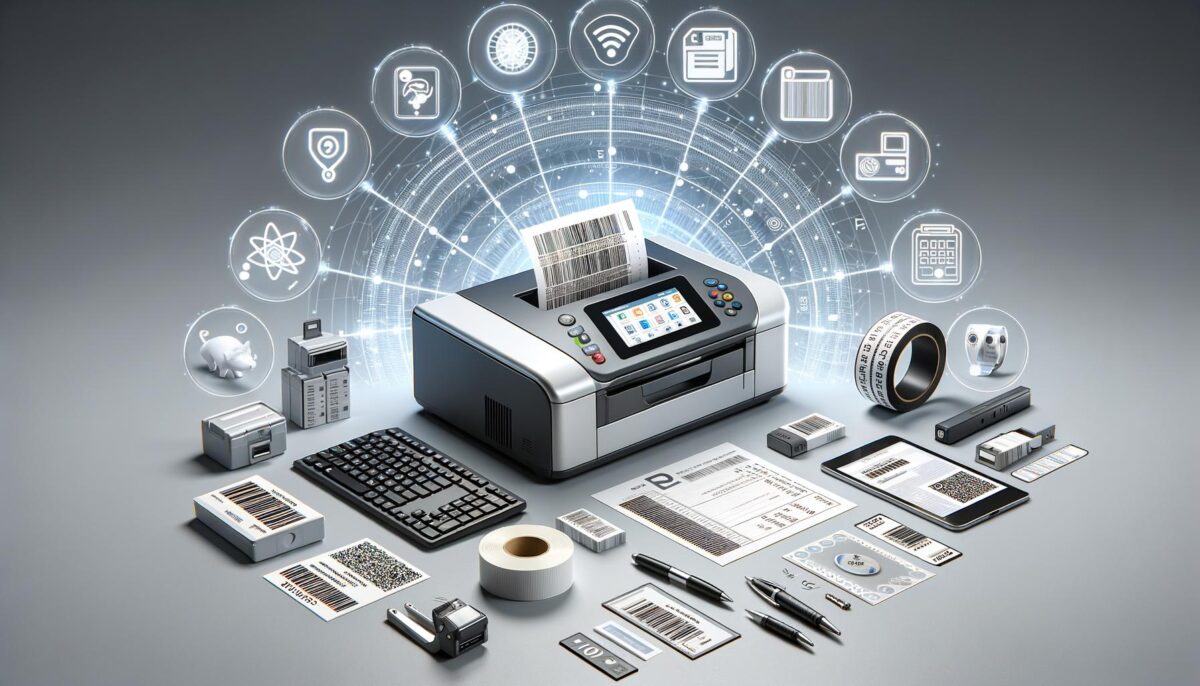The Rise of Smart Printing Technologies
Smart printing solutions have emerged as a game-changer in the field of product labeling, coding, and date marking. With businesses needing to maintain efficiency and compliance across various industries, such as food, beverage, pharmaceuticals, and manufacturing, the adoption of advanced printing technologies has become crucial. These innovative solutions integrate cutting-edge technology to streamline processes, minimize errors, and enhance the precision of printed information on diverse surfaces. The core advantage of these smart systems lies in their ability to adapt and cater to varied business needs, making them invaluable across multiple sectors.
Touchscreen Interfaces: Simplifying User Experience
One of the defining features of modern smart printing solutions is the inclusion of intuitive touchscreen interfaces. These interfaces simplify the user experience by offering an accessible and interactive platform for operators. With user-friendly menus and real-time feedback, touchscreen controls reduce the learning curve and minimize operational errors. Key advantages of touchscreen interfaces in smart printers include:
- Easy setup and configuration
- Quick access to common functions
- Real-time issue alerts and troubleshooting support
By integrating these sophisticated interfaces, companies can ensure an efficient workflow, boosting productivity while minimizing downtime.
Wireless Capabilities: Enhancing Flexibility and Connectivity
Wireless technology is a notable component of smart printing solutions, offering businesses increased versatility and connectivity. Traditional printing systems required physical connections to computers or production equipment, often limiting mobility and flexibility. In contrast, smart printers with wireless capabilities can seamlessly connect to multiple devices, enabling swift transitions between tasks and locations. Benefits of wireless functionality in smart printing include:
- Reduced clutter with fewer cables
- Remote access for operation and maintenance
- Quick integration into existing networks
This flexibility supports dynamic production environments, allowing businesses to adapt quickly and efficiently to evolving needs.
Versatile Printing on Various Surfaces
Smart printing solutions are distinguished by their ability to handle diverse printing requirements across different materials. Whether the surface is glass, plastic, wood, or metal, these systems utilize adaptable print technologies that ensure high-quality results. The versatility of these printers is particularly beneficial for industries that require distinct and durable markings, such as in food packaging or medical labeling. Features that contribute to their versatility include:
- Advanced ink formulations suited for specific surfaces
- Adjustable printing techniques for varied texture and porosity
- Customizable templates for tailored labeling needs
This adaptability facilitates precise, clear, and reliable markings, essential for maintaining both compliance and brand integrity.
Future Trends and the Road Ahead
The landscape of smart printing solutions continues to evolve as technology advances. Future innovations promise even more sophisticated integrations, including enhanced data analytics and AI-driven optimizations. As businesses look to leverage these innovations, staying informed about emerging trends will be key to maintaining a competitive edge. Collaborations between manufacturers, technology providers, and industry leaders will drive the development of printing solutions that prioritize efficiency, environmental sustainability, and customizability. By embracing these forward-thinking technologies, companies can position themselves at the forefront of industry advancements, shaping a future where smart printing plays a pivotal role in operations.
Conclusion: Transforming Business Efficiency
Smart printing solutions for labeling, coding, and date marking exemplify the intersection of technology and industry needs. With features like touchscreen interfaces, wireless capabilities, and multi-surface adaptability, these systems are transforming how businesses operate by enhancing flexibility, efficiency, and precision. As more sectors recognize the value these solutions offer, the trend towards adopting advanced printing technology is set to continue. By investing in smart printing, companies position themselves to meet current demands and future challenges, ensuring sustained growth and success in an increasingly competitive marketplace.
